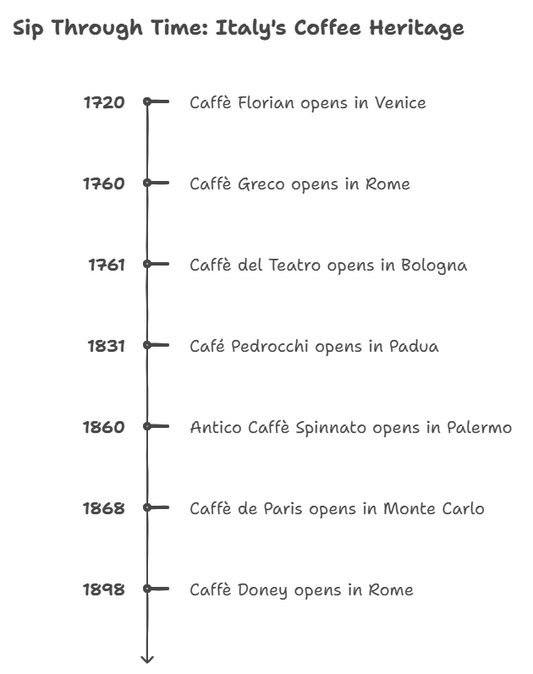
Monteriggioni is a walled Medieval town found in Tuscany, Italy with a population of around 9,870 people.
It is nestled in the province of Siena, a few minutes away from Colle Val d’Elsa, another city with a stunning medieval atmosphere, and is famous for its crystal glass production.
The village first started with just a castle, the famed Monteriggioni Castle which was built by the Sienese between 1213 and 1219 for defensive purposes. Its strategic location, atop the hill overlooking the Cassia Road, allowed the castle to control the cities of Val d’Elsa and Staggia and be on the lookout for any armies approaching Siena. The castle was surrounded by coal, instead of water, that can lit in case of an assault.
Over time, it expanded into a village. The walls form a perfect circle, which makes one assume that a tedious and complicated construction was needed, where they used various assembly methods, such as landfilling, to build the circumference. In actuality, it was created by just following the curves in the natural ground.
The walls, which boasts a total of fourteen gigantic fortified towers, have acted as a sort of bubble, preserving the medieval ambiance that Monteriggioni has to offer.
How Monteriggioni became a worldwide phenomenon:
It was first featured in Dante Alighieri’s “Divine Comedy”.
As with circling round
Of turrets, Monteriggioni crowns his walls
E’en thus the shore, encompassing the abyss
Was torrented with giants, half their length
Uprearing, horrible, whom Jove from heaven
Yet threatens, when his muttering thunder rolls
- Dante Alighieri, Inferno Canto XXXI, Lines 40 to 45
Monteriggioni In Assasin's Creed
In recent times, the village of Monteriggioni permeated most gamers’ minds, especially those that play Assassin’s Creed. Monteriggioni plays a significant role in the games Assassin’s Creed II and Assassin’s Creed: Brotherhood.
This village is where the magnificent feats of Ezio Auditore are set in Assassin's Creed. While the Auditore family never existed, a real-life counterpart, given location and architecture, of the Palazzo Auditore would be the Palazzo Strozzi. And it was built by a rich merchant named Filippo Strozzi.
There is even an Armoury Museum that you can visit and imagine that you are in the armory in Ezio’s villa.
Armory Museum:
As mentioned earlier, there is an Armoury Museum that is an accurate representation of Medieval and Renaissance weapons and armor, including siege engines recreated as models.
Each room is dedicated to each period of the town’s history and the items on display are placed in their proper context. In this museum, you can try on some armor and even swing a 22 pounds (10 kilograms) sword to really sell the whole experience. There is even a souvenir shop for a memento for yourself.
Church of Santa Maria Assunta:
In the main square, next to the Armoury Museum, you will find the Church of Santa Maria Assunta, a tiny 13th-century church. It was built in 1219. The Byzantine icon, recently restored, stands just above the altar.
Beside the apse, you will see the solid walnut chorus, whose ends preserve the “Addolorata” on the right and a precious “Cristo all Colonna” on the left.
Monteriggioni’s Medieval Feast:
Every year in July, Monteriggioni hosts the medieval feast Monteriggioni di Torri si Corona, which translates to “Monteriggioni is Crowned by Towers”.
This medieval fair spans over two consecutive weekends, where the streets will be filled up with craftsmen, cavaliers, and people in period costumes, creating an enchanting yet realistic environment.
Watch the streets fill up with dances, live performances, music, theatre, kids entertainment, duels, acrobatics, storytelling, and many other forms of entertainment that will recreate the chaotic nature of what life in a castle used to be like.
There are even taverns and restaurants opened all night long, where you will get the chance the taste wine and food dedicated to “those times”.




